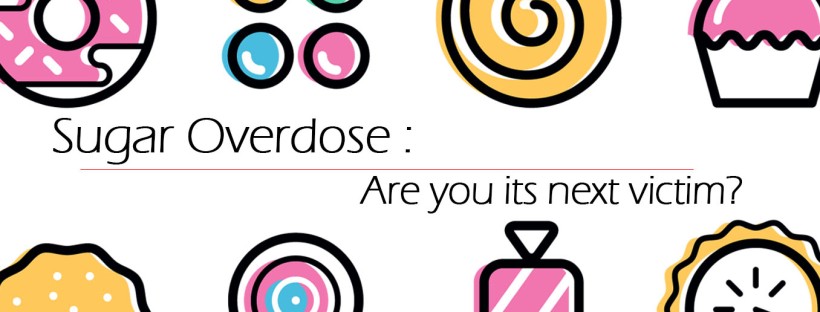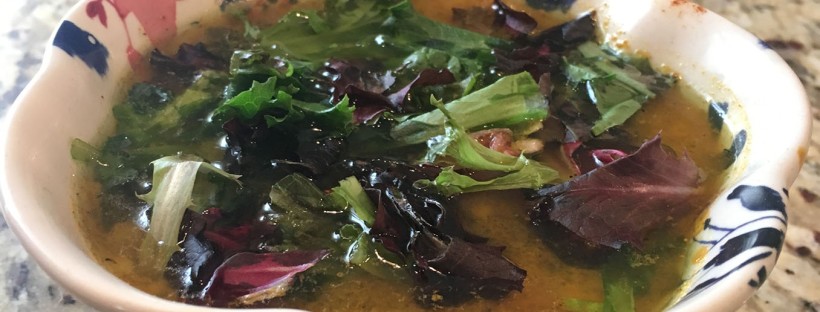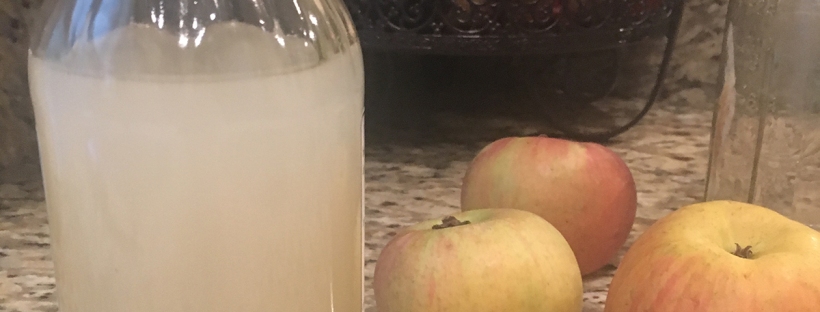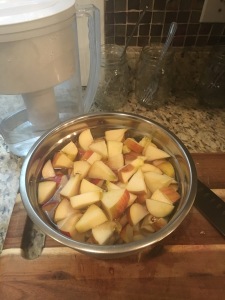We apply the term sugar to a wide range of foods. I think we can all agree that donuts, cupcakes and other dessert items qualify. But what about pasta? What about apples? Both of these, and foods just like them, metabolize into sugar just the same as the sugar laden products. So the question becomes, where do we draw the line? Do we villainize dessert items like ice cream but pardon traditionally deemed health foods like fruit, yogurt or protein bars when their sugar counts can reach comparable levels?
In my case, I was doing all the “right” things by eating a plant based diet and avoiding processed foods and still wound up with a leaky gut and an overgrowth of candida, which caused massive bloating and digestive issues. Through multiple test and doing an elimination diet I was able to nail down the culprit, which I never imagined could be an issue in my “healthy” diet. That culprit was sugar.
What is SUgar?
In its simplest form (monosaccharides), sugars break down into either fructose, glucose, or galactose.
Glucose is the body’s source of short term energy and what we refer to as blood sugar. When glucose is high after eating, insulin is produced in response to transfer the glucose out of the blood and into cells which lowers blood sugars back down to normal.
Fructose on the other hand is metabolized only in the liver and is more fat producing than glucose. It does not affect insulin levels so diabetics are mislead into thinking this is a better option. What it does do is raise triglyceride levels which are a component of LDL that creates the plaque build up narrowing the arteries. This is associated with high blood pressure, heart disease or stroke. Not much of a compromise.
In our food, however, you will never find these basic components in 100% concentration. They are found strung together to create simple sugars like the following:
- Sucrose (table sugar) – fructose + glucose
- Artifically sweetened products like cereal, ice cream, baked desserts and yogurt
- Lactose (milk sugar) – glucose + galactose
- Primarily in dairy products but also added to bread and baked goods, cereals and processed snacks
- Maltose (malt sugar) – glucose + glucose
- Cereals containing barley, malted milkshakes and beer
In a similar fashion you can string simple sugars together to the create complex sugars. These take more time to break down so they will affect the response of insulin slower than that of simple sugars which start breaking down on your tongue and spike insulin levels radpidly. Complex sugars are the ones found in a more natural form like fruits and whole grains. Simple sugars are usually found in processed or refined foods so their potency is more concentrated.
Where is it hiding?
When i started tracking my own sugar intake I was surprised to find that sugar is everywhere! I eat a plant based diet and shy away from processed foods and thought I was safe. But boy was I wrong! I was shocked to find that I was getting way too much sugar each day from building meals around certain vegetables and relying heavily on fruits. After stunt with a candida takeover in my gut I really had to reevaluate what I considered healthy for daily consumption.
Just because it’s not labeled/perceived as dessert, doesn’t mean it shouldn’t be. Yogurt, cereal, breakfast bars all have roughly the same amount of sugar as some baked goods and socially deemed “cheat foods”. The only difference is that we eat these foods without abandon in the name of health. I bet if people took the time to really read what they were consuming as a substitute they would be shocked to find that the difference is all in the marketing and social perception of these foods.
And we don’t even consider fruit and vegetables in the sugar debate but we should. I treat fruit as dessert due to their high fructose vs low fiber content. Use the chart below as a good visual for common fruits and vegetables. Anything that is in the top left corner has high fructose and low fiber, which is a quick bullet (or sugar rush) to the body. The target area is the bottom right corner which is mostly fiber and relatively low in sugar. The more you move to the left, the more you need to offset it with dietary fat to help slow down immediate sugar absorption.

In your mind carbohydrates should be synonymous with sugar. That means that you don’t only need to look out for breads and pastas, which are more commonly associated as carbs, but also fruits (don’t forget tomatoes are fruits too!) and starchy vegetables like potatoes, beets, parsnips, etc. But we cant villainize all carbs immediately. For reasons I’ve previously explained, grains are carbs to avoid because they have a whole slew of other problems associated with them. But we need carbohydrates to fuel our bodies with immediate energy. And your brain is powered solely by glucose, where as the rest of your body can use fat as fuel when needed. It all comes down to finding the right balance. You can read more about carbs and balancing them throughout the say from a previous post, but they are needed in the diet and shouldn’t be restricted completely. That being said, think of them more as a background tree in the production of each meal, instead of a leading role.
What is the Best way to eat them?
When I’m picking my carbohydrates I usually choose the ones that have the most fiber content to slow down the metabolism of the sugar. Which means I avoid most fruits (I’d never turn down an avocado!) and opt for starchy vegetables like turnips, radishes, potatoes, parsnips, etc. For the most part I will eat my starchy vegetables cooled (I cooked them first and them allow them to cool, either over night or an hour). This stabilizes the sugars and actually turns the fiber into insoluble fiber which becomes a prebiotic that feeds the good bacteria in your gut. I will ALWAYS pair any carbohydrate with fats like avocado or olive oil to slow down the absorption of sugars.
How much is too much?
This is like asking “how many cigarettes can I have before getting lung cancer?” In the end sugar is sugar and leads to inflammation. If left unchecked, the inflammation can run rampant throughout the body and lead to a whole list of Westernized diseases that include diabetes, heart disease, Alzheimer’s and cancer. The more you eat it the more you are running the risk of triggering very serious diseases, basically playing Russian roulette with your health. Ultimately the choice is up to you but maybe it’s time to start addressing what you’re really asking and why.
For most of you, you aren’t interested in the right amount of sugar for the sole purpose of research (I’m one of the weird ones and love reading about this stuff). Most of the time it’s to better your life somehow, either to loss weight, gain confidence, live without addiction, or live a healthy life. In those cases, ditching sugar all together will give you just that.
But maybe your life just isn’t full without the presence of sugary foods (read: in all forms, not just socially perceived desserts). In that case, have it once in awhile, savoring every bite knowing the sacrifice your body is making to compensate for the gratification of taste. Just keep in mind that sugar comes in a lot of different forms so be vigilant in what you classify as dessert and keep those to a minimum.
Whatever path you take make sure you are doing it with full awareness. Read the labels as often as you can to know how much sugar you’re committing yourself too. This simple step alone can be eye opening and lead to lasting change.
(infographic) – huffingtonpost.com.au, Juliette Steen, July 15th, 2016














